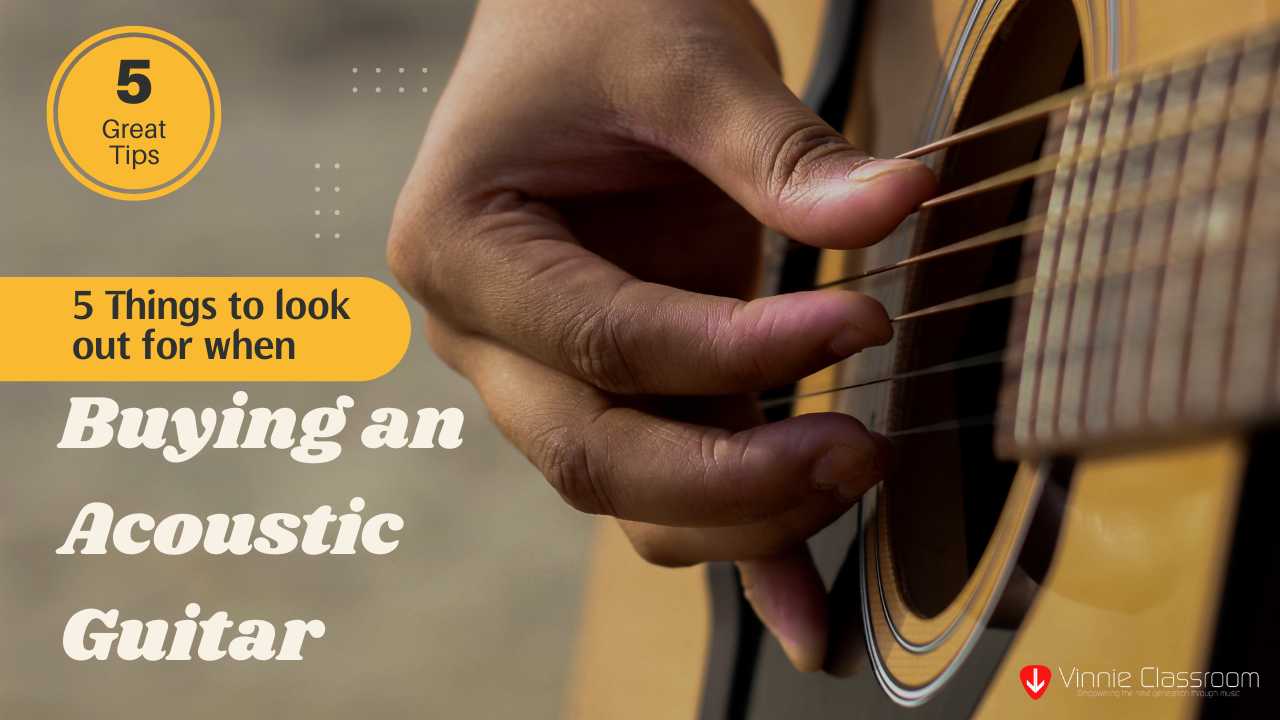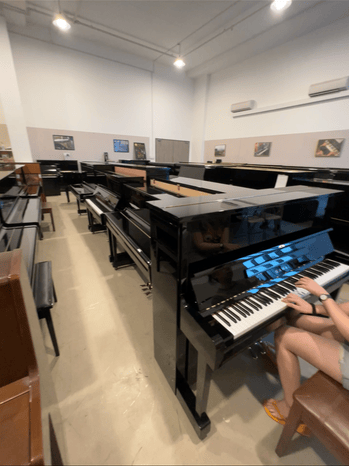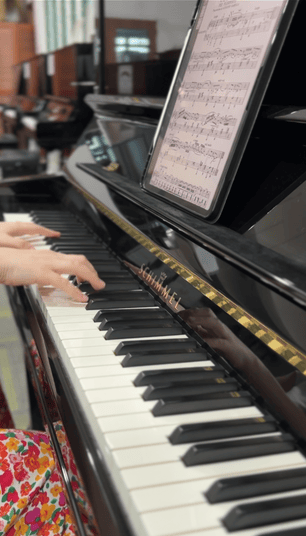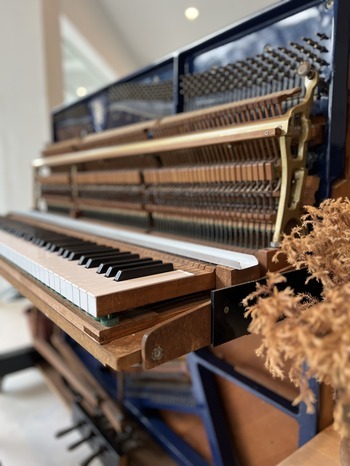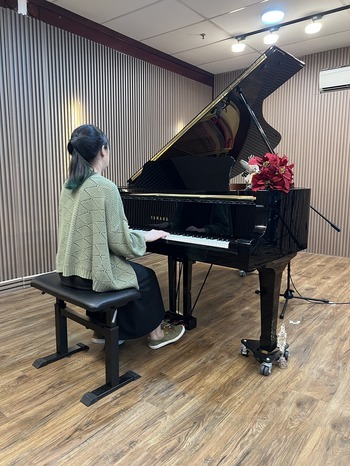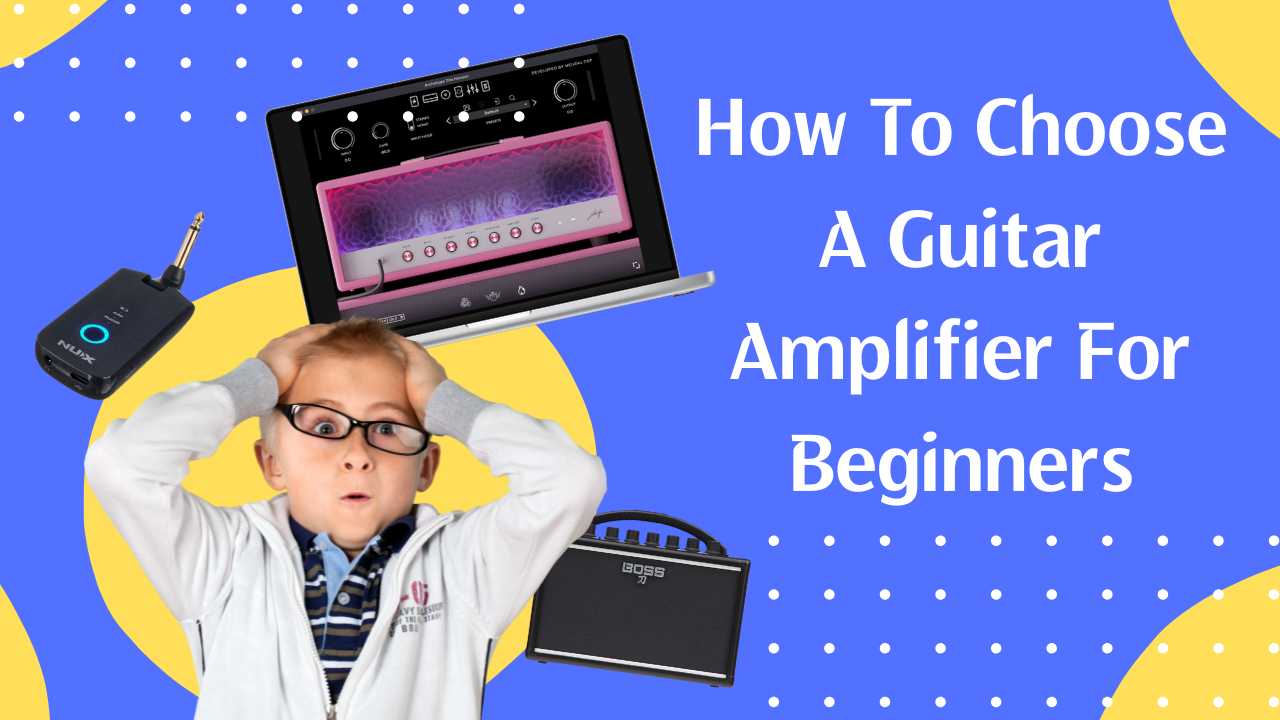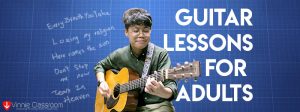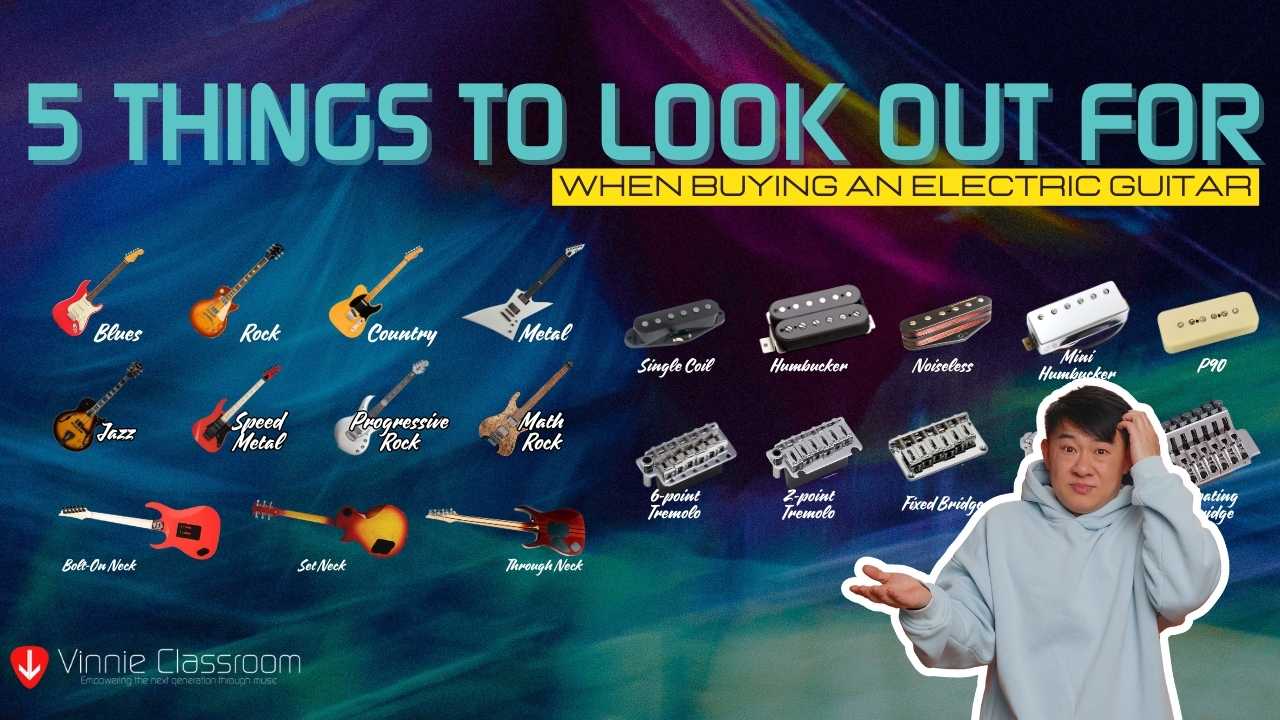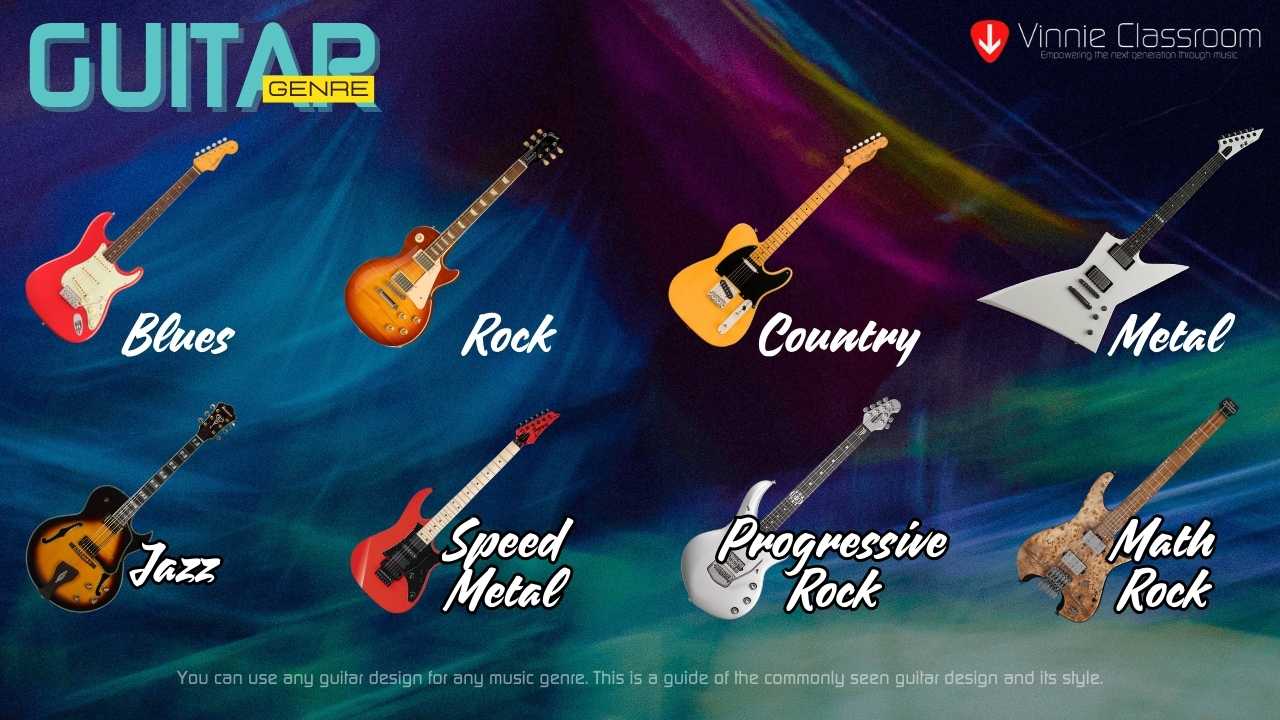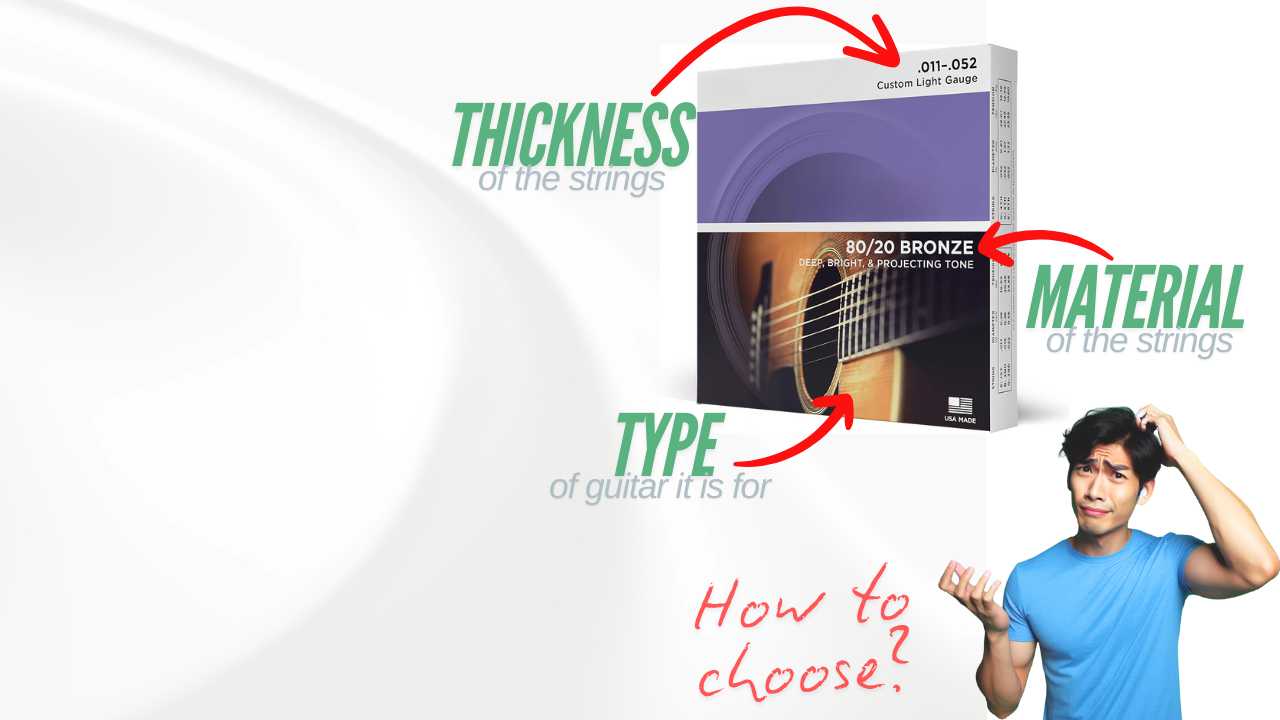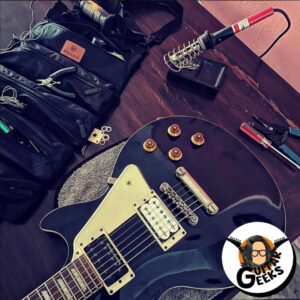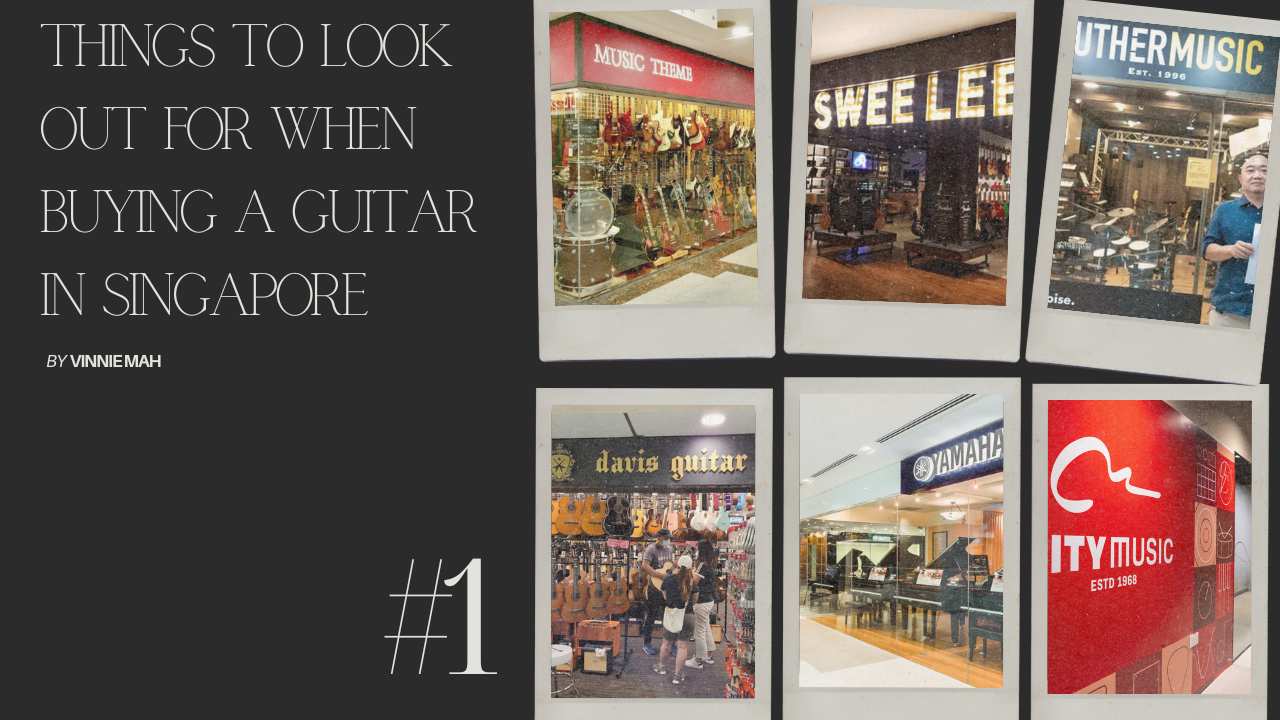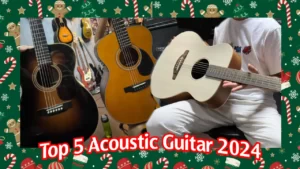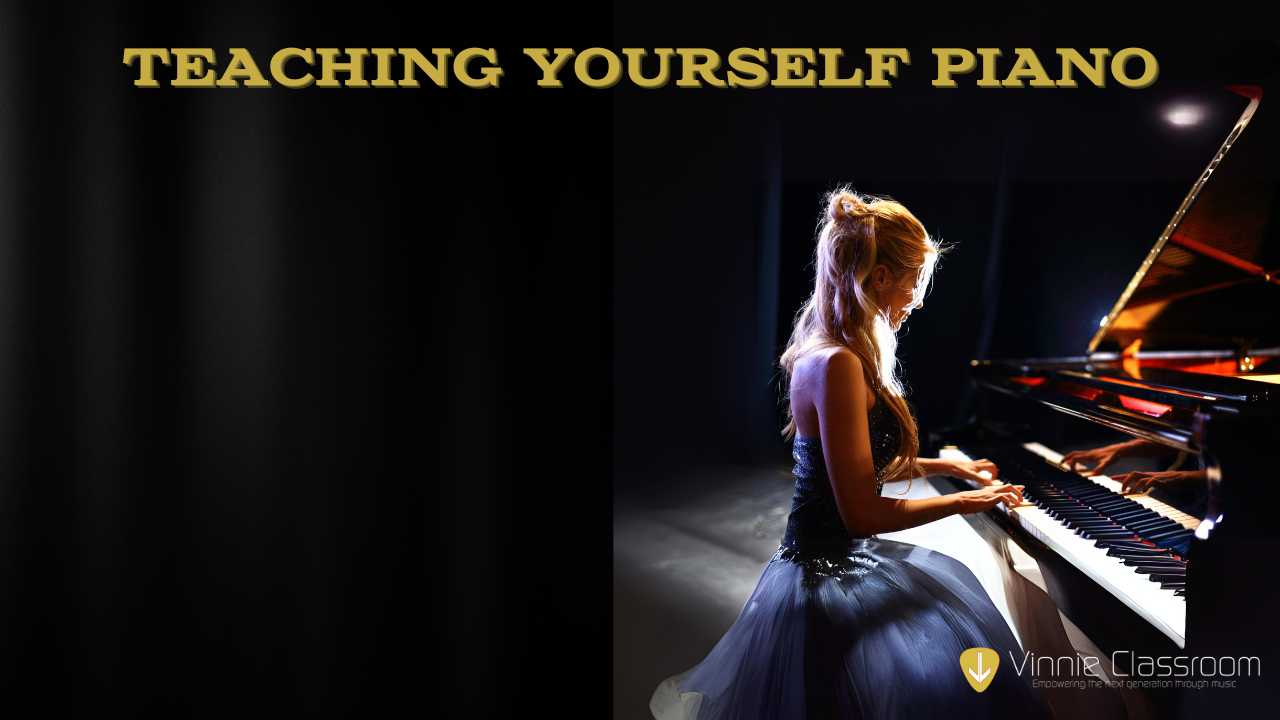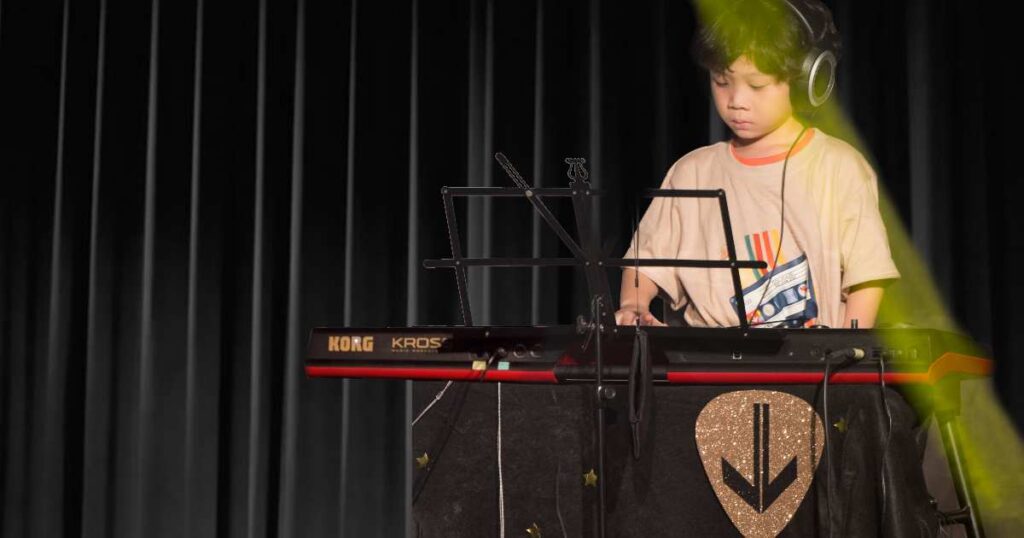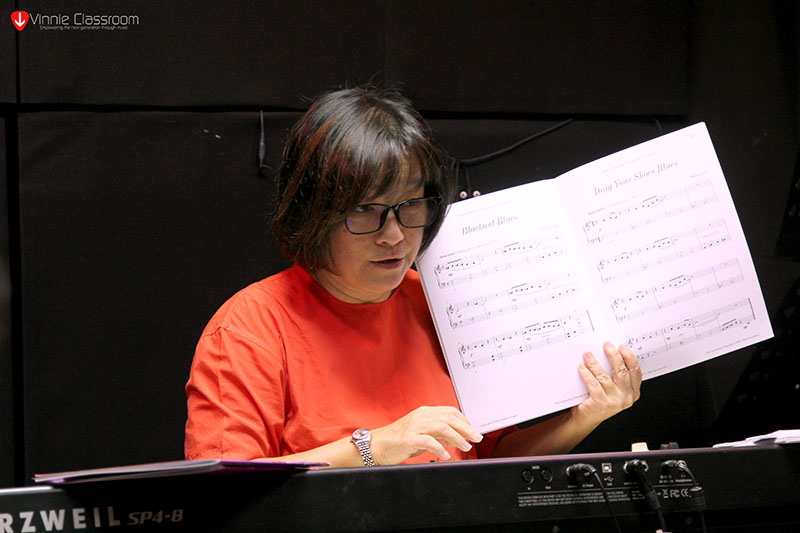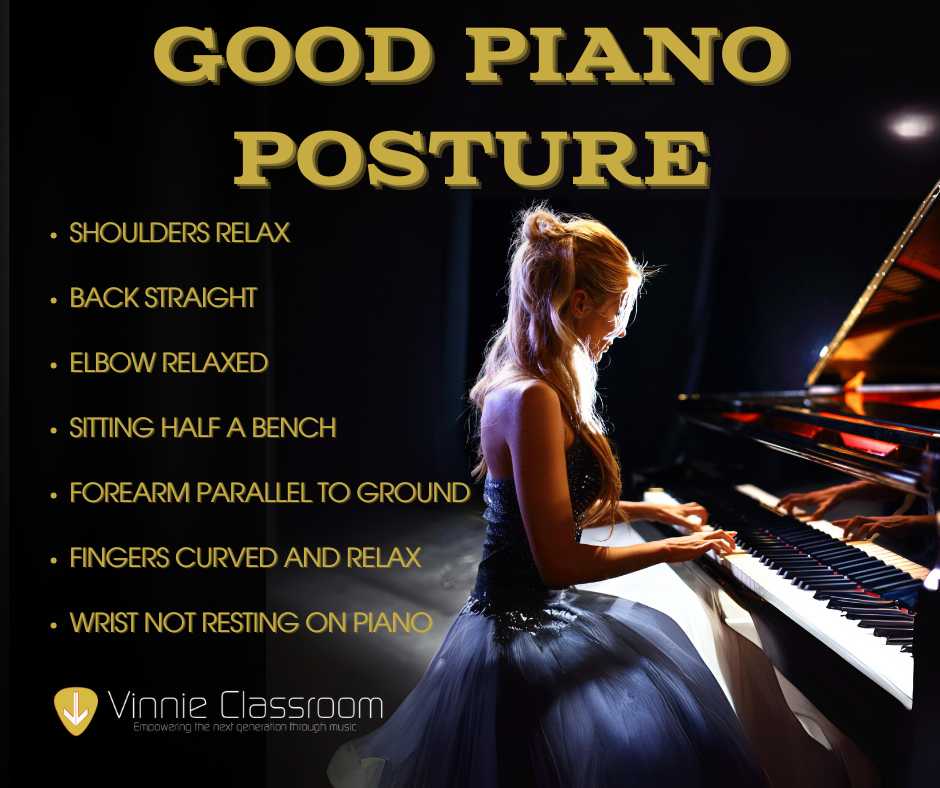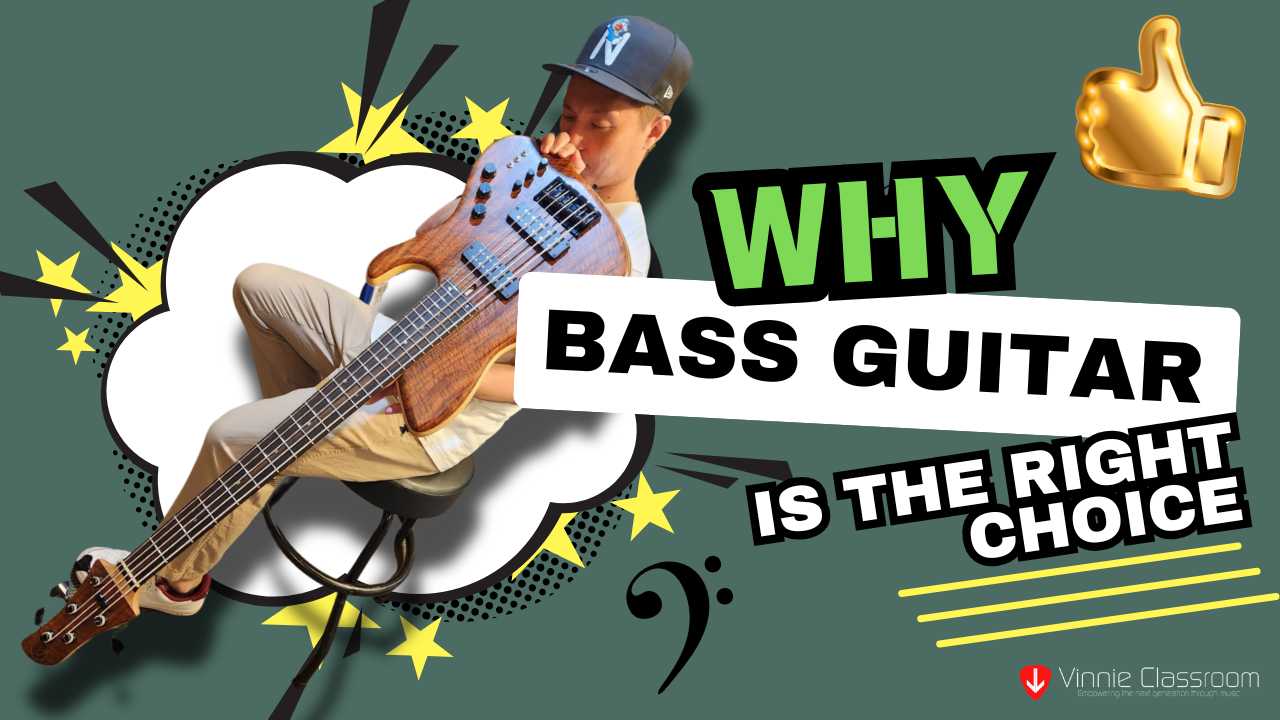
Why are bass guitar lessons important in Singapore
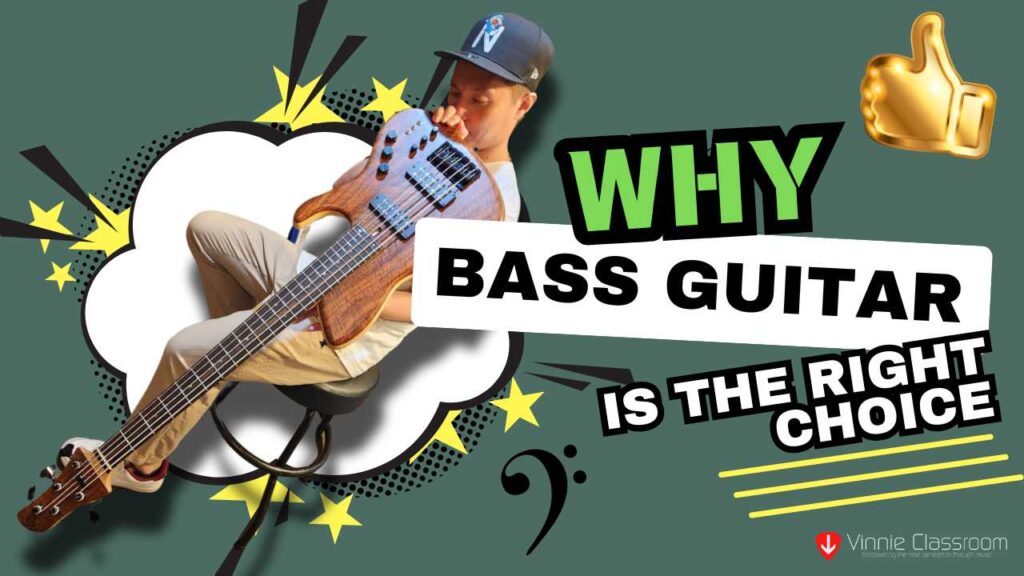
Bass guitar lessons are often overlooked in Singapore, with many considering it an unappealing instrument choice. This perspective is understandable, given Singapore’s competitive environment. The bass guitar produces a subtle tone that’s more often felt than heard. Bassists typically take a less prominent position on stage compared to other band members too. With the prevalent kiasu mindset, most Singaporean parents might hesitate to enroll their child in a music school for an instrument perceived as a “supporting role.” However, a closer look reveals that bass lessons could actually be an excellent first choice for music education in Singapore. In this article, we want to share the benefits of signing your kids up for bass guitar lessons!
Bass guitar lessons triumph over others in Singapore

Bass guitar lessons stand out in Singapore due to their lower sign-up rate, making them a unique and valuable choice. While the bassist may be seen as a supporting character in a band, they are absolutely essential. Moreover, every band, song, and music relies on the bass frequency to create a rich, full sound. Without a bass instrument, music would lack depth and feel thin. This is true across genres, from the double bass in an orchestra to the lower register notes of a piano and the tuba in a brass band.
In Singapore, there is often a shortage of bassists to meet the needs of the many bands. In professional settings, it’s not uncommon to see the same bassists performing with multiple bands and at various events. Bassists rarely struggle to find opportunities to join a band, and their skills are always in demand. Therefore, it perfectly illustrates the principle of supply and demand.
The bass guitar is easy to learn
One of the most common questions people ask is whether the bass guitar, or any instrument, is easy to learn. Many music students tend to give up when an instrument takes too long to master before they feel ready to perform. With the fast-paced lifestyle in Singapore, few are willing to dedicate significant time to learning a new skill.
Fortunately, the bass guitar is relatively easy to pick up. Unlike the guitar, which has six strings, the bass guitar typically has just four. Players often focus on individual notes and riffs rather than complex chords with intricate strumming or plucking patterns. Additionally, the structure of most pop and rock songs makes it easier for students to grasp the basics of chord progressions and rhythm. This makes the bass guitar a great foundational instrument before transitioning to another instrument.
The bass guitar is affordable
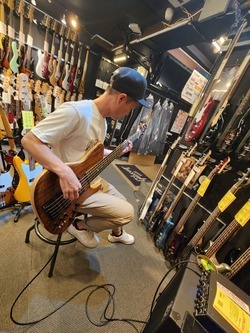
Yes, the bass guitar is relatively affordable! Many parents worry about investing in expensive instruments only to find their child loses interest. Compared to spending SGD $1,000 or more on a piano, a complete bass guitar setup can cost as little as SGD $300–$400. Unlike electric guitarists, bass players typically don’t rely heavily on costly effects pedals, as most bass amplifiers come with basic built-in effects. While there are certainly cheaper instruments to start with, none are as undeniably cool as the bass guitar!
Conclusion
Taking bass guitar lessons in Singapore is a fantastic idea for several reasons. The bass guitar is an essential yet often underappreciated instrument that forms the backbone of any band, giving music its depth and groove. It’s relatively easy to learn, making it ideal for beginners, and it’s also a cost-effective option compared to many other instruments. With a growing demand for bassists and a shortage of players in Singapore, learning the bass opens up plenty of opportunities to join bands and perform at various events. Whether you’re looking for a fun, approachable instrument to start your musical journey or a way to stand out in the competitive music scene, the bass guitar is a smart and rewarding choice.
However, if you still have some questions, talk to us.
Consider taking a Trial Lesson with us! I am sure with our decade-long experience, we will be of valuable help to you. Contact us through these easy channels! 🙂



